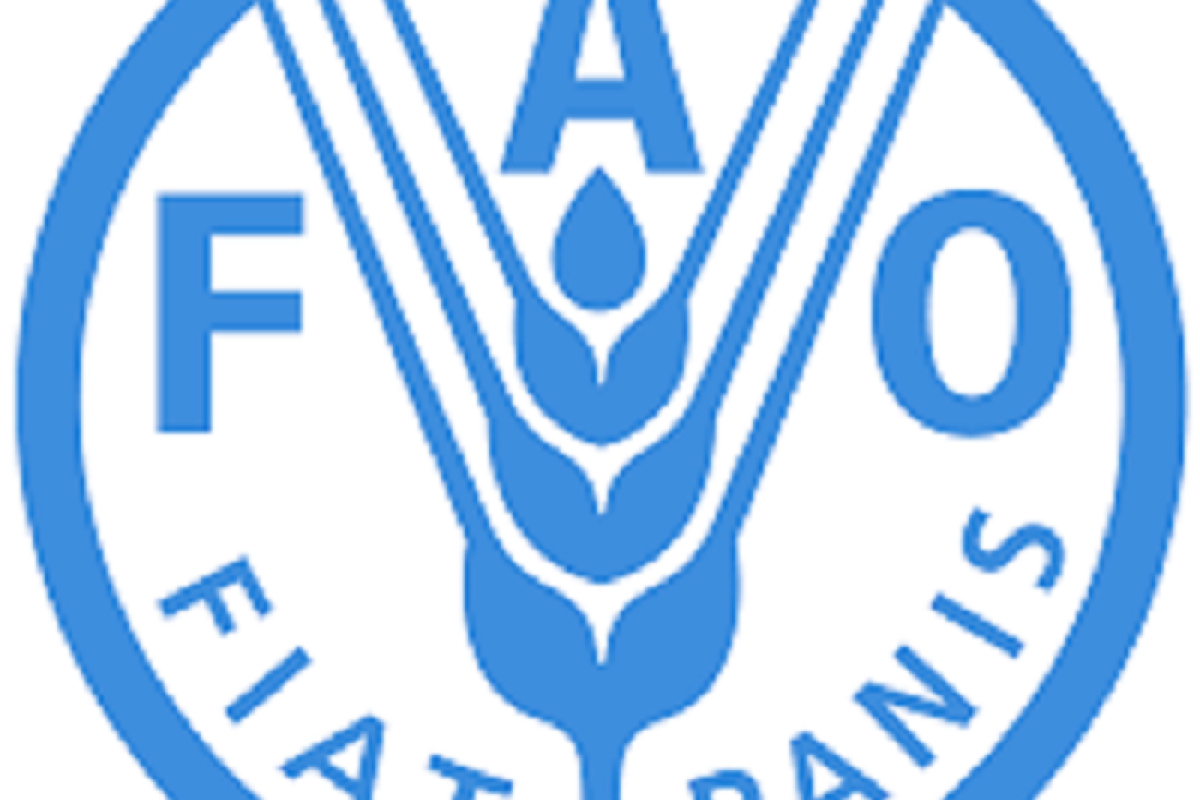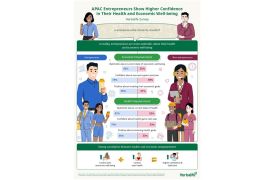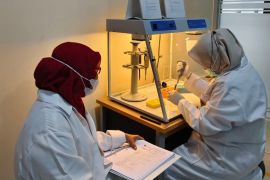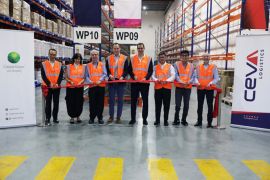At the symposium on transformation of agrifood systems in the Asia-Pacific, the FAO called for focus on social protection, access to seeds and fertilizers, enhanced trade, and climate-resilient agriculture at the Asia-Pacific symposium, as noted in a release issued by FAO Indonesia on Thursday.
Governments, the private sector, and other stakeholders in the Asia-Pacific region are being urged to massively accelerate transformation of their agrifood systems or risk worsening malnutrition and environmental degradation in the world’s most populous region.
According to FAO, rising food prices, floods, drought, water scarcity, increasing climate-related disasters, the global pandemic, and conflicts are driving food insecurity across the region.
Related news: Agriculture Ministry, FAO conduct food loss study in Indonesia
Those challenges directly impact the most vulnerable people, including smallholder farmers, others depending on the land for their livelihoods and millions of urban poor, according to the FAO.
Changes in rainfall patterns, crucial for agriculture in the monsoon region and in the frequencies and timings of pest and disease outbreaks have combined to lower yields.
Asia and the Pacific already experience 60 percent of global fatalities and 40 percent of economic losses due to multiple hazards and risks.
In summary, the region’s complex agrifood systems are under enormous strain.
The Asia-Pacific region was the first out of the gate following the UN Food Systems Summit.
Last year, caught in the grip of a global pandemic, world leaders pledged to transform their agrifood systems to make them more efficient, inclusive, resilient and sustainable.
Speaking at the start of a three-day Asia-Pacific symposium, the world’s first since the UN Food Systems Summit, FAO’s Director-General Qu Dongyu said the region’s transformation needs to focus on outcomes that result in better production, better nutrition, a better environment, and a better life for all, thereby ensuring no one is left behind.
Related news: Indonesia holds bioinformatics training for ASEAN lab personnel
The FAO has mapped out four priority areas where acceleration is required.
The first priority is providing immediate support to the vulnerable through social protection systems, especially in rural areas and among vulnerable groups.
The second area of focus is boosting agricultural production by ensuring that family farmers have affordable access to seeds and fertilizers, working capital and technical assistance, and links to markets.
The third priority is facilitating trade in agricultural products and inputs to prevent further disruptions to food production.
The last focus is on investing in climate-resilient agriculture to address and reverse the effects of the climate crisis.
The FAO Director-General warned that the SDGs would not be achievable unless there is a collective will to defeat hunger, as a priority, in a post-pandemic region.
Ongoing crises, including the impacts of COVID-19, the climate crisis, droughts and floods, conflicts, and war have disrupted the world’s supply of grains and other essential commodities, Qu noted.
According to FAO, the result of such a condition is economic downturns and loss of jobs that pushed undernourishment, from eight percent to almost 10 percent during the first year of the pandemic, with the number of undernourished now having grown by 150 million.
"The majority of this increase is in Asia and the Pacific, accounting for nearly 85 million more people in hunger, as well as in Africa and Latin America," Qu stated.
"To achieve the SDGs, we need a major transformation – one that begins with the transformation of our agrifood systems to ensure they can meet the present and future needs of all stakeholders and consumers," he concluded.
Related news: Indonesia raises greenhouse gas emission reduction target
Related news: Support Indonesia's digitalization push for rural transformation: FAO
Reporter: Yuni Arisandy Sinaga
Editor: Fardah Assegaf
Copyright © ANTARA 2022











